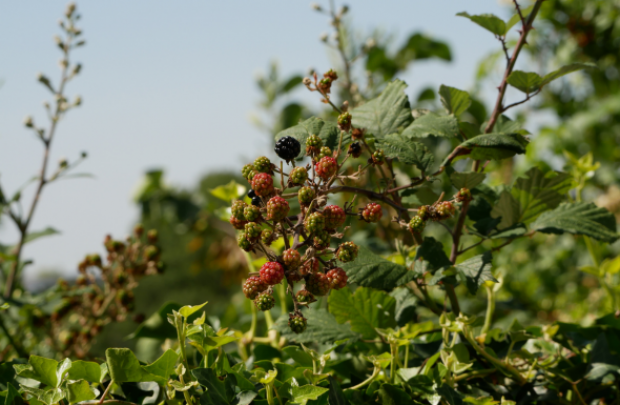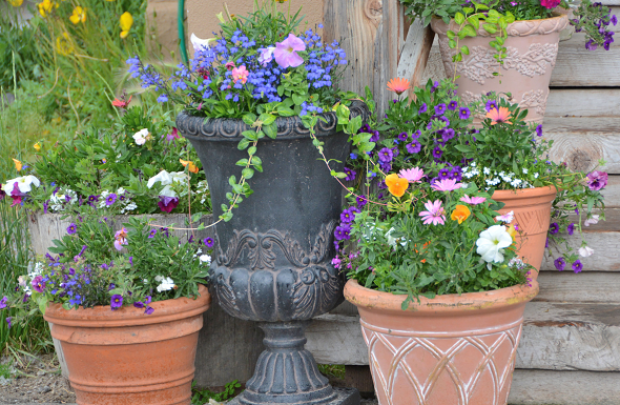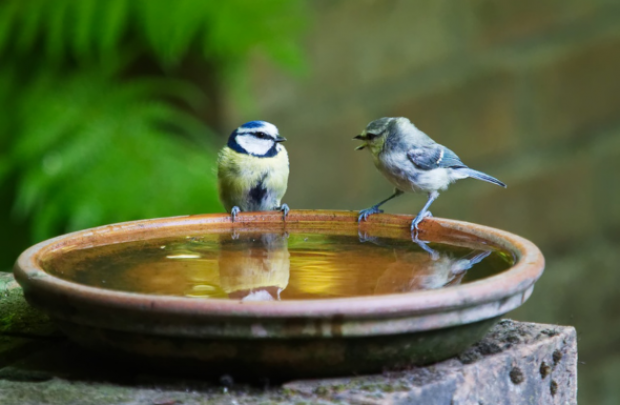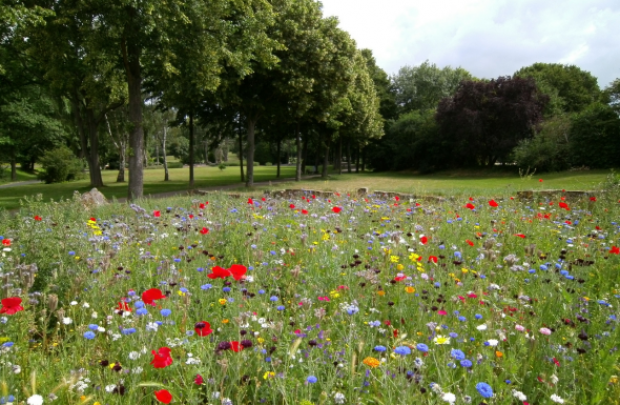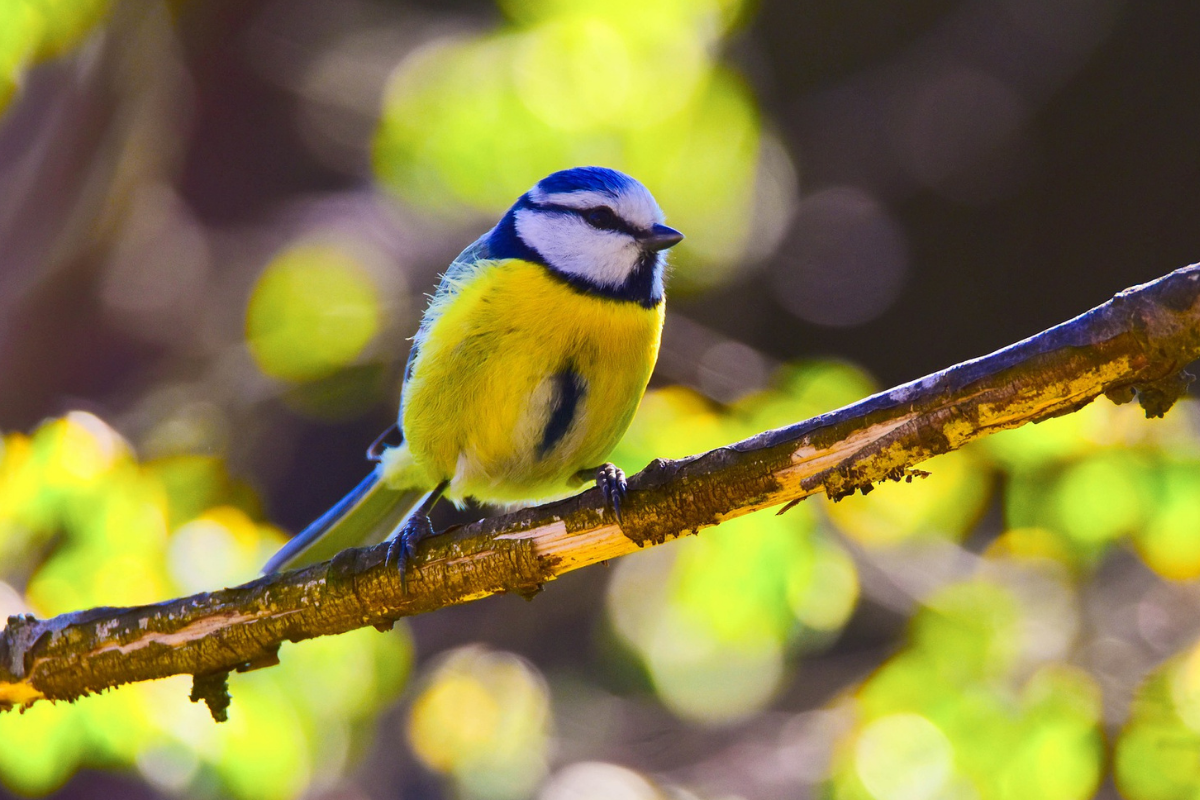
Signs of spring in your Naturespace
There may still be a few frosty nights to come in the next couple of weeks, but change is in the air. The sights, sounds and smells of spring are starting to gather pace at last! This includes some fantastic stories of rebirth and return of wildlife in our very own Naturespaces.
About blooming time
The smell of spring is unmistakable, partly because after a winter of biting winds and cold noses it should be easier to actually smell what’s around you. Many of the scents in the air come from plants. Freshly mown grass is both distinctive and delightful, as are the smells released by flowers in their attempts to entice pollinating visitors.
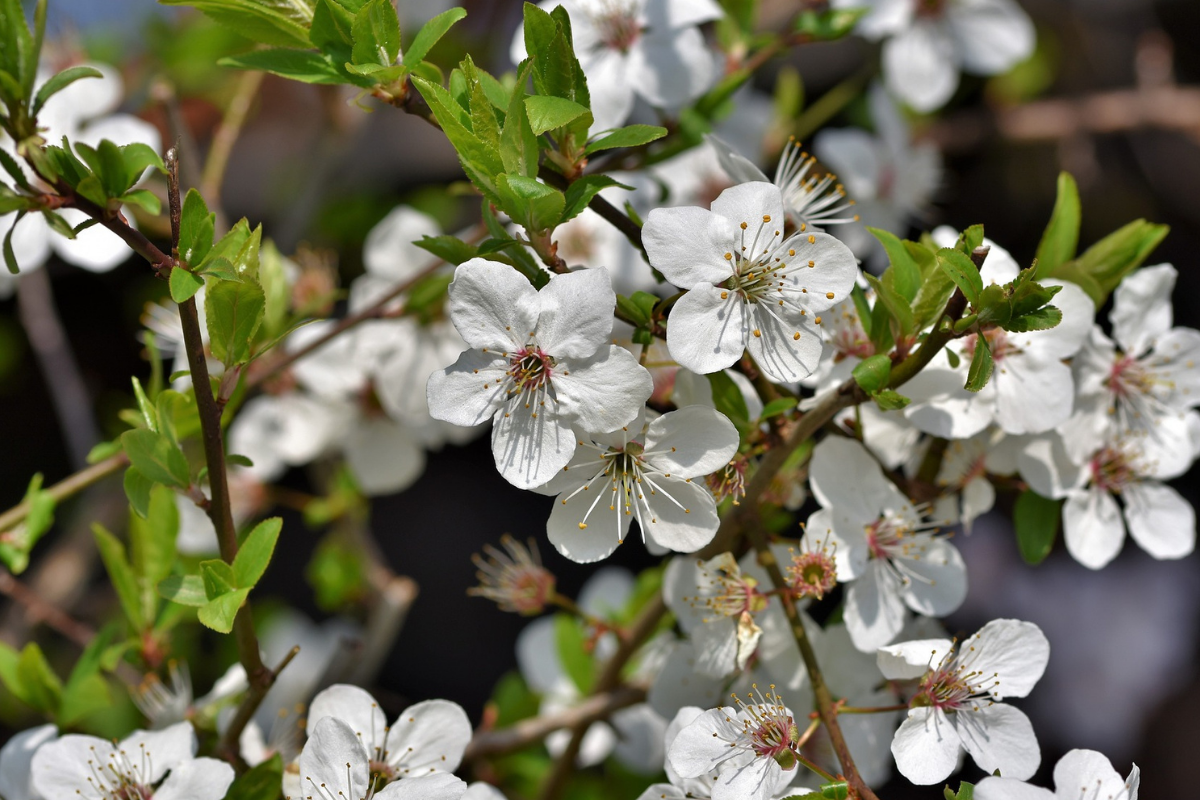
Watch out this month for plants seemingly springing out of nowhere as the bulbs which have sustained them through winter put out leaves and flowers. This includes iconic daffodils and the chef’s favourite, wild garlic. Even more surprising can be the splash of colour from biannual species, such as perennial wallflowers, which only flower every other year. Tree and hedgerow species also bloom in March, including blackthorn blossom and hazel catkins.
If you’re looking to add more plants to your Naturespace this month then hardy herbaceous perennials like Geraniums and Astrantia are great choices. If you’re willing to get your hands dirty and prepare your soil for good drainage then now is also a good time for planting the bulbs of summer-flowering species like Alliums and Dierama.
A ruckus in your pond
The milder nights with plenty of moisture that come in late February and early March are perfect conditions for our native amphibians. For frogs and toads this means it’s time to move! Toads will travel large distances to return to ancestral breeding ponds. Navigating through our human landscape can cause some major challenges for these fist-sized creatures. You can help by adding wildlife passageways to your borders and also look out for amphibians crossing roads if you’re travelling by road at night.
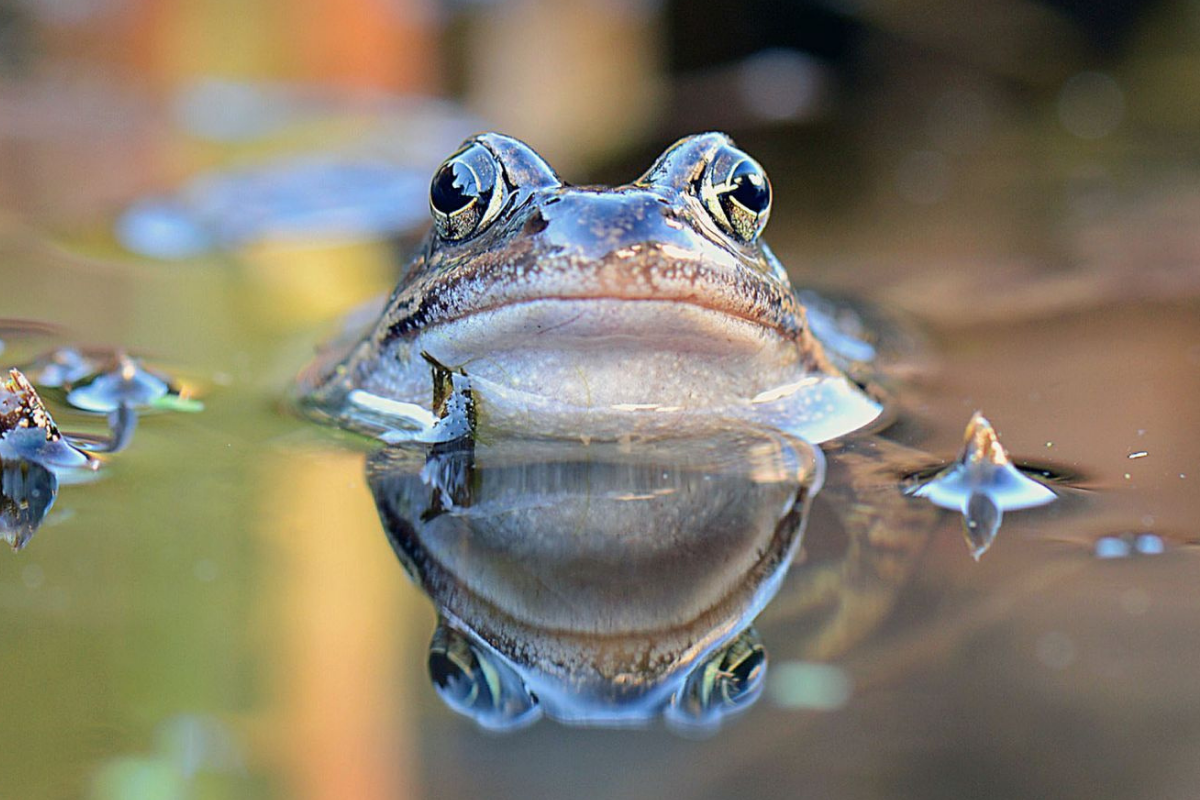
Alongside frogs and toads, newts also have breeding on their minds this month. These freshwater dragons really go the extra mile when it comes to seducing a partner, with males of all three UK species growing elaborate crests along their backs. Out of the water these crests flop over, but in the clear shallows where their courtship performance takes place males use this crest and their flexible tails to put on quite the show! Amazingly, the adaptation that allows newts to grow this crest also means they are able to regrow missing limbs throughout their lifetime.
Sounds of spring
The dawn chorus will be growing rapidly in its volume and diversity through this month. Last year with reduced traffic noise and building noise, many of us enjoyed hearing the birds singing in relative quiet. Interestingly, one of the ways that birds are thought to have adapted their songs to the background noise we create in towns and cities is by singing louder and at a higher pitch.
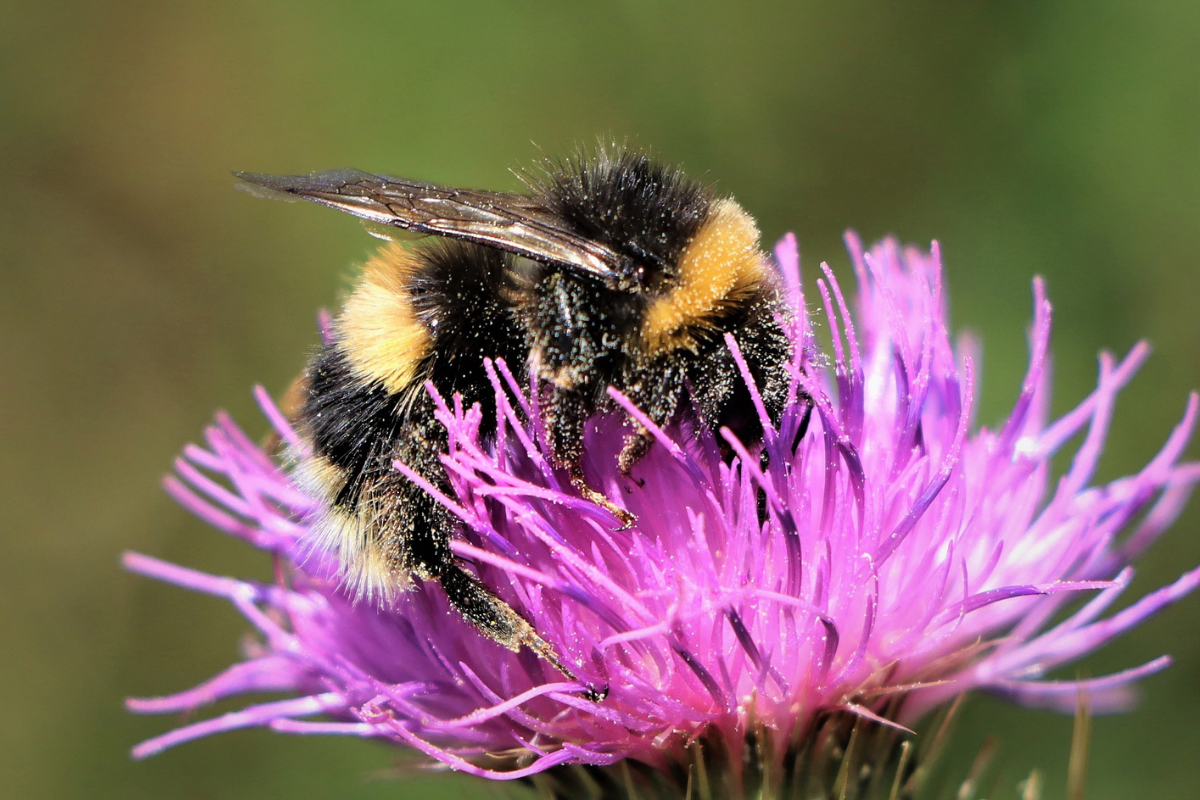
Other sounds of spring include the busy buzzing of queen bees and hammering beaks of woodpeckers. After the winter cold, the queens of bee species like the tawny mining bee (Andrena fulva) and the buff tailed bumblebee (Bombus terrestris) emerge early to cash in on the flowers of early plants whilst their competitors are still dormant. Meanwhile the tap-tap-tapping of woodpeckers is a sign that, alongside many other birds, they are on the hunt for invertebrate life to provide a vital source of protein for their rapidly growing chicks.
New life emerging
One of the great symbols of spring are baby lambs skipping through fields. It’s a sight to warm your heart, but remember that it’s not just sheep having cute babies in March! If you’re lucky you may be visited by new-born badgers. Badger cubs can be born as early as December, and will spend about 8 weeks tucked away out of the cold weather in the underground sett where they were born. So by early March, intrepid young badgers will be ready to start exploring their surroundings.
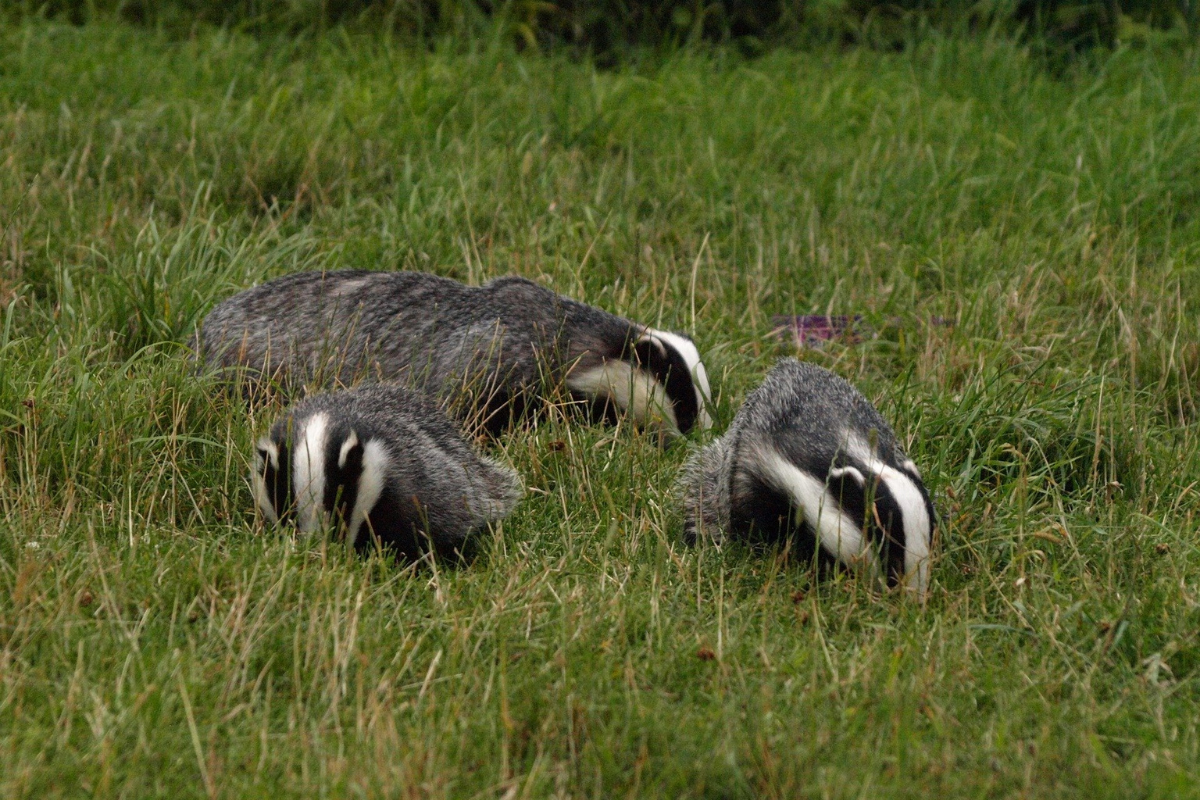
Many birds will also be nesting throughout March. On a walk you might spot the ramshackle nests of rooks and herons, which are likely to host chicks earlier than other birds and also for longer. In your own space, you are more likely to find the tidier and more discreet nests of thrushes and robins. If you are lucky. the parent birds could raise multiple clutches of chicks in the same nest. This means these super parents will be grateful for any food or nesting material for improvised repairs that you are able to leave out for them, and you’ll be able to spot them going about their business.
Welcoming back species into our spaces
Chasing the sun south through the winter is a popular tactic for many birds. As our weather starts to improve and trees put out new growth there is a boom of caterpillars that entices these birds back to breed on our shores. Look out for the return to your Naturespace of species like chiffchaffs and other warblers from Africa this month.
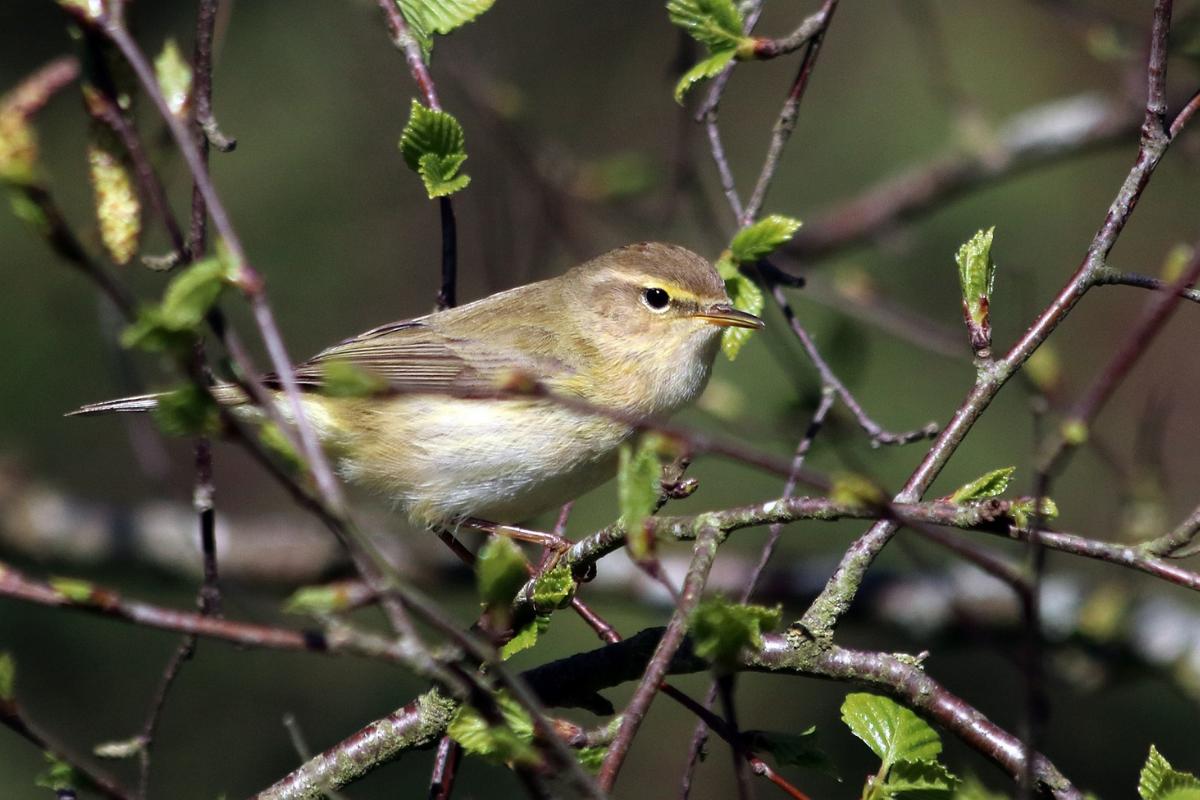
Not all species travel over winter. Many of the caterpillars that draw back birds have over wintered as eggs, or are the young of butterflies and moths that spend the winter dormant as adults. Some of the first butterflies that you will see this month, like holly blues and orange tips, will have spent the last few months in chrysalis, likely tucked away amongst the leaves of evergreen shrubs. Also emerging from dormancy will be our hibernating species, including hedgehogs and bats. Keep an eye out late in the evening on warmer nights to see if you can spot the return of these creatures to your Naturespace.
